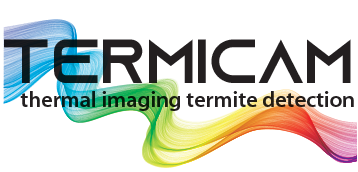Thermal Imaging for Termite Detection
CONTACT US FOR FREE ADVICE TODAY
Servicing most Australian suburbs
Finding Termites with thermal cameras
By TermiCam David Rice
TermiCam uses state of the art thermal imaging technology to find termite infestations in buildings and houses. Home-owners are often unaware of the extent of any termite problems, and can be over-charged by shifty operators who do not accurately identify the termite problems and subsequent treatment. Our termite detection equipment make use of the thermal imaging technology eliminate this by giving homeowners visible proof of any termite infestation and a record of the problem’s extent.
Finding termites can be difficult, yet knowing where they are located is important when deciding on the correct eradication program. Traditional methods rely on knocking on wood and drilling. Operators would simply tap on wood with the back of a screwdriver, poke holes in walls, or even pull them apart.
Thermal imaging cameras or thermal detection cameras offer a new, high technology detection system that is quick, effective, and does not damage your house like drilling and poking. It is non-destructive.
Heat Patterns of Termites in Buildings
Thermal detection cameras detect heat patterns. When termites invade buildings, they emit heat and only a thermal imaging camera can isolate the problem so it can be fixed. Hot spots — termites — come up as red or yellow and your TermiCam inspector can analyse the image.
Figure 1a. is a termite infestation as it appears to the eye. Figure 1b. is an infestation via infra red image. The first image shows nothing, but the thermal imaging camera shows what is going on behind the scenes. It reveals a yellow hot spot in the top right hand corner of the door jamb. This is termite heaven. Termites have already eaten much of the wood. Our early detection, and eradication, saved the owner thousands!

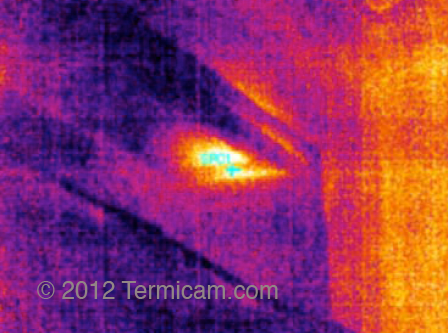
Termites are cold-blooded, but they generate heat when the bacteria in their gut breaks down and digests cellulose, the main component of wood. It is this digestion and chemical reaction that generates heat.
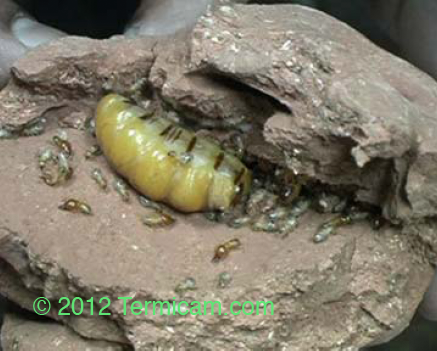
Termites can form a small colony within six weeks. They live in the dark and stay in large groups, thus generating the heat that our thermal cameras can pick up. They especially like warm areas around power points and washing machines. A thermal imaging camera will detect the heat they emit in a floor, as shown in Figure 3.
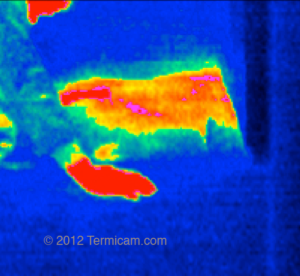
Advantages of thermal detection of termites
Thermal cameras can scan an entire wall, floor and ceiling without any damage. Our world-beating infrared TermiCam is environmentally safe, non-destructive and doesn’t use chemicals or radiation. All of which make tapping on wood with a screwdriver handle and pulling out walls look like messy, unreliable and destructive solutions from another era.
The camera picks up images of heat — possible termites — and stores them in its memory, to be viewed later as a permanent record of what the inspection found.
A follow-up inspection ensures the termites have been eradicated. As a general rule, properties in termite prone areas need an annual inspection, particularly in the warmer months.
The advantages of a TermiCam inspection:
- Rapid, effective termite scanning
- Non-destructive
- Scans all areas, walls, floors, ceilings, and outdoor areas
- Environmentally friendly
- No radiation or chemicals used
- No damage to the building
- Quick and immediate information on termite infestation
- Accurately locates where to put chemicals for best effect
- Picture provides evidence and proof of infestation. Good for later reference.
Thermal inspections are great to find the problem, and accurately locate the site of major termite infestations. An example of this is TermiCam’s inspection of Brisbane’s parliament house in Australia. After finding a heat pattern on the balcony, we then located a large termite nest there. The balcony was pulled up (Figure 4) by cutting a hole in the concrete slab.
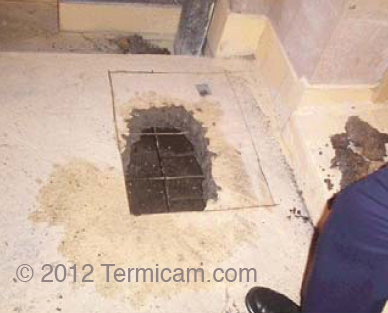
A follow up inspection six months later found a large thermal anomaly in the top of the door head. We pulled down the doorframe to reveal another large termite nest which ran back into the lime stonewalls up to the corner of the building. We treated this area for termites and removed them. Another follow-up inspection gave the area the all clear.
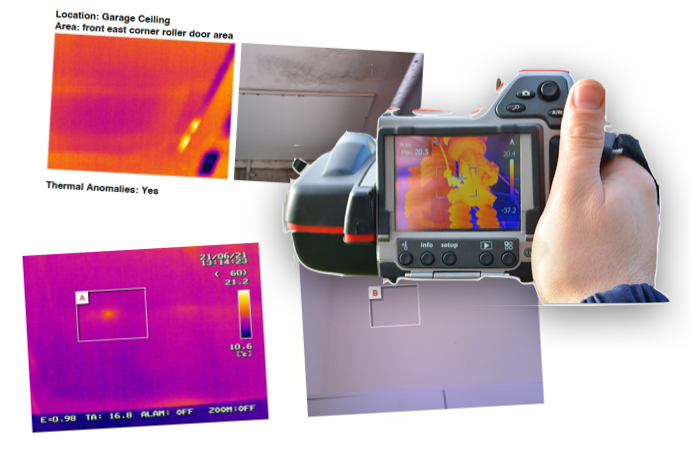
Call us on 1300 837 642 if you think you have Termites
How do our termite inspections differ from others?
others
Drill holes and Tap with poles
Old school methods (still used by some inspectors) includes invasive drilling of holes and tapping on walls to detect an infestation.
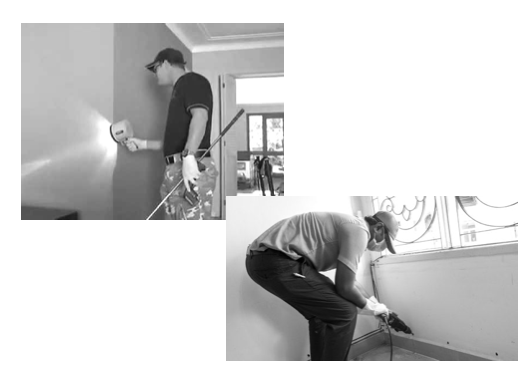
Termicam
Uses highly accurate thermal imaging cameras
Our infrared cameras detect heat. In other words life — termite life. Infrared is an invisible portion of the light spectrum extending from 0.75 to 1 000 microns. Living objects emit warmth. The warmer the life, the brighter it appears on our thermal imager.
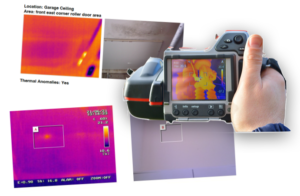
others
Hand Written Basic Report
A generic industry inspection can often be a one pager hand written report.
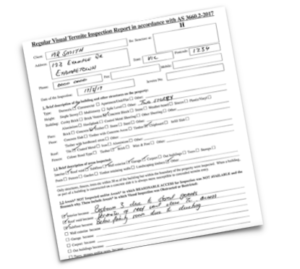
Termicam
Comprehensive Report and Images
Our comprehensive computer generated report includes a detailed assessment of every area of your home or purchase property. Both thermal image and standard photos are included and areas of concern are marked on the images.
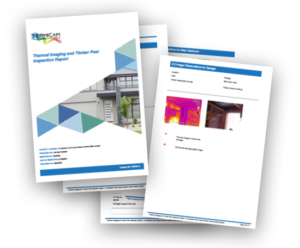
others
Moisture Tools
Termites love moist, humid places like the kitchen, bathroom and laundry. Therefore, moisture meters often miss termite activity because they can’t distinguish between the existing moisture and the termite infestation. Do you want to take that risk?
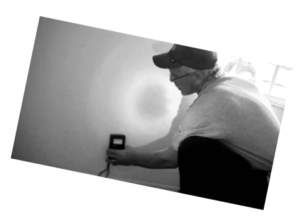
Termicam
Pinpoint Detection
Accurately detect the presence of termites.
It can detect through concrete and into the thickest of tree stumps
It can detect termites in moist areas.
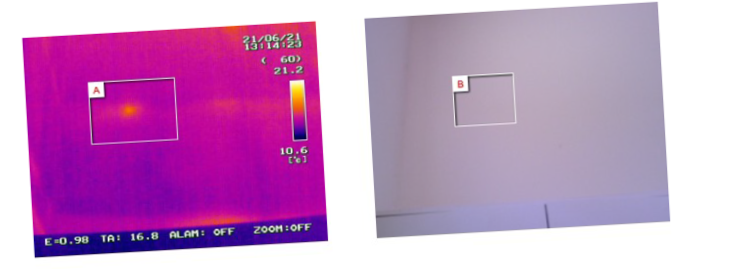
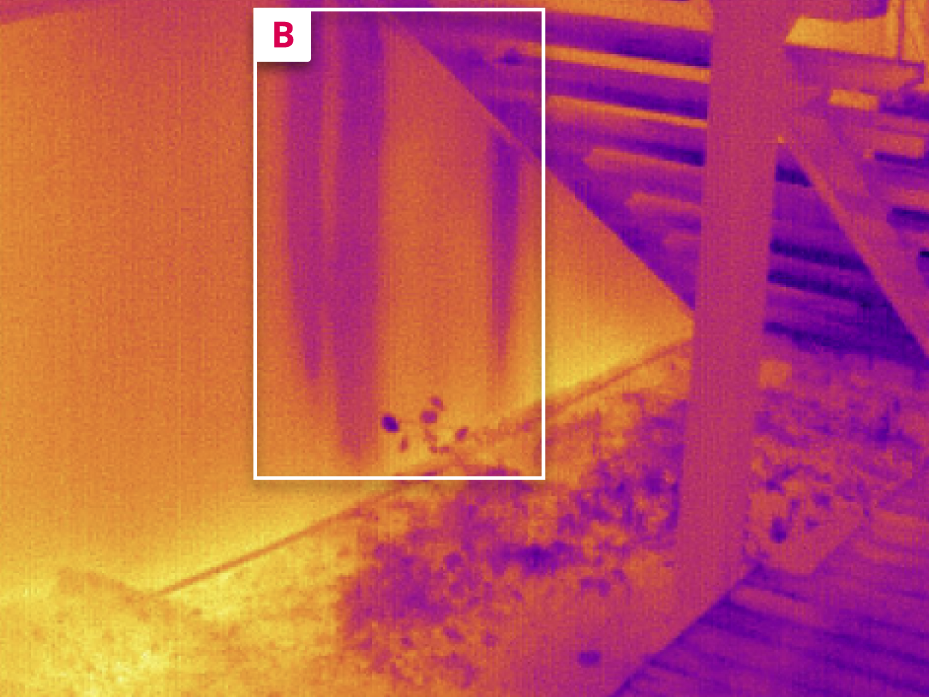
CONTACT US FOR FREE ADVICE TODAY
Servicing most Australian suburbs
Termicam Group Pty Ltd
P.O Box 6084 Vermont South Victoria Australia 3133.
Phone 1300 837 642
email: info@termicam.com
